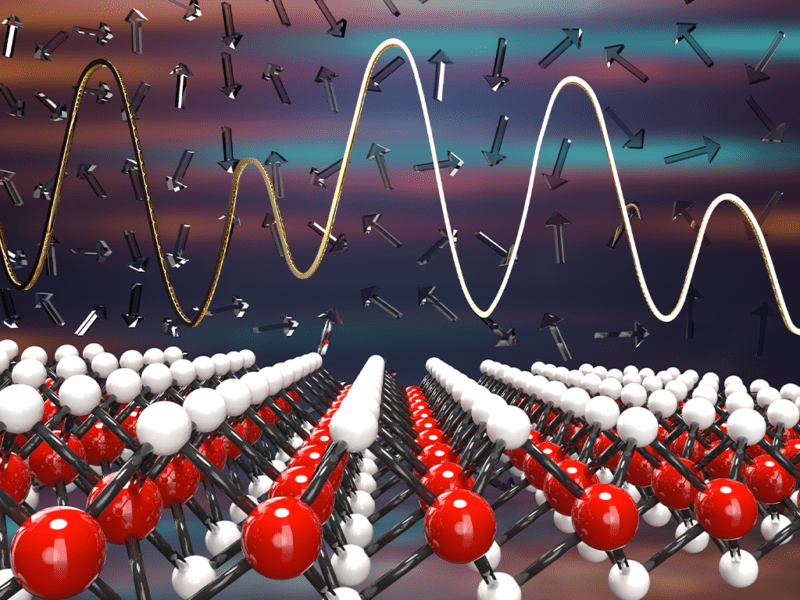Important optimization algorithms that are designed to solve large-scale problems such as airline schedules and supply chain logistics may soon get a boost from 2D materials that will enable the algorithms to better solve the problems and use less energy, according to Penn State researchers.
These large-scale issues are known as combinatorial optimization problems, the term for a set of problems that are so complex that finding the best solution using an exhaustive search is sometimes unfeasible. Therefore, algorithms are valuable tools in solving these problems by finding the best possible solution.
“These are problems that we face in our everyday life, such as scheduling of transportation or supply chain logistics, and you need to really optimize the best way of doing it correctly,” said Saptarshi Das, associate professor of engineering science and mechanics and primary investigator for the study that was recently published in Advanced Materials. “One famous example is the Traveling Salesman Problem, where a salesman has to go from city A to city B to city C to city D, but he has to find the optimal route where he can visit each city exactly once in the shortest time and return home.”
These problems are important ones to solve, as they affect how fast we receive goods and services, how expensive they are for customers and how efficient our society’s logistics are for anything from defense to transportation.
“Somebody has to solve these problems but the amount of resources needed from a computational perspective is enormous in order to run these algorithms,” Das said. “A future goal is if you can run this algorithm in a much, much smarter, more energy-efficient way, that will essentially help any organizational effort, from manufacturing to government or even private organizations.”
The key is overcoming a bottleneck that forms during the transfer of data between memory and the computational unit. This bottleneck happens when a computer tries to solve a combinatorial optimization problem, known as a von Neumann bottleneck.


